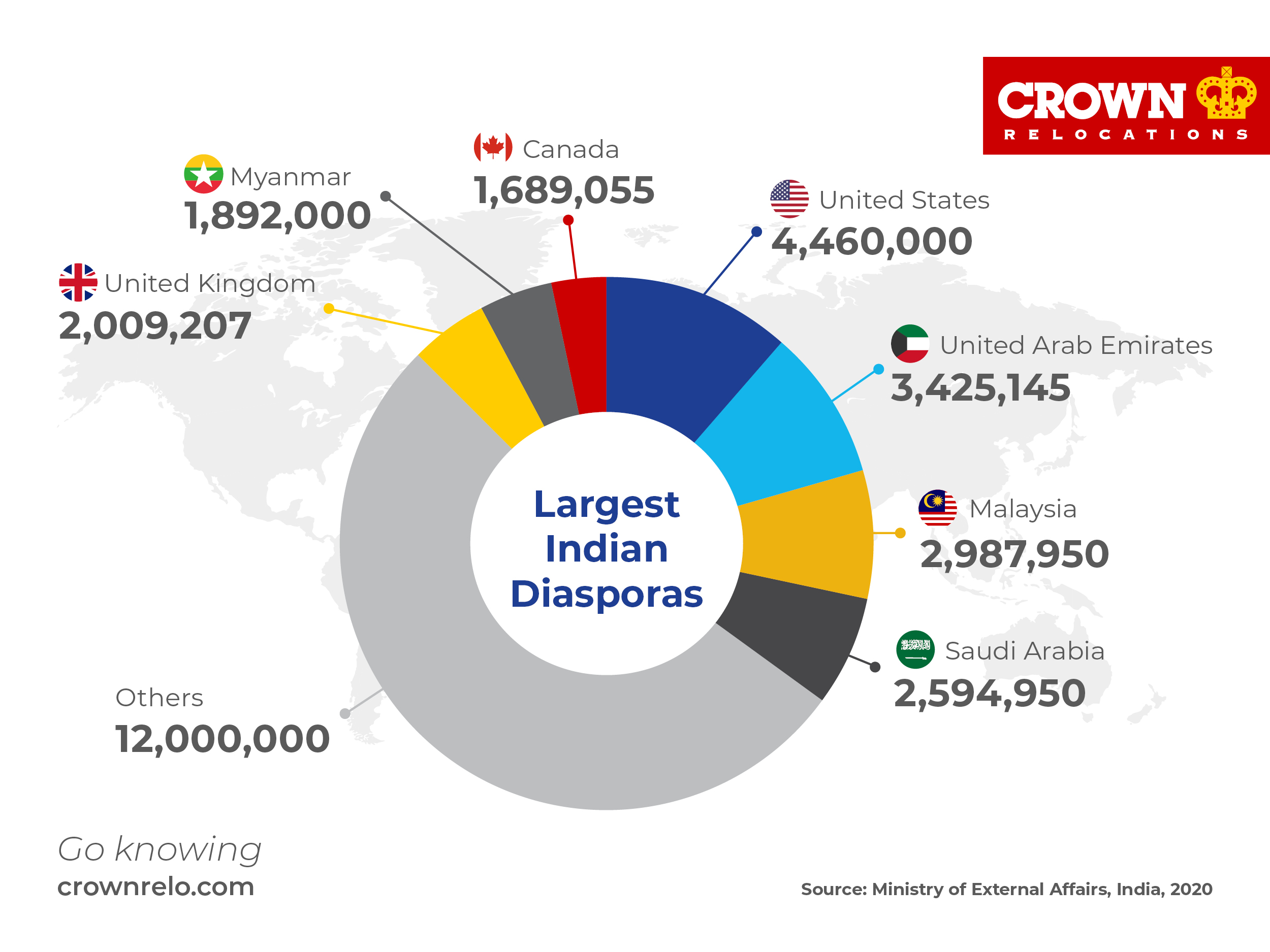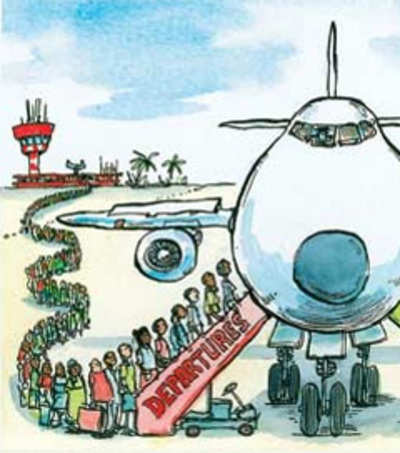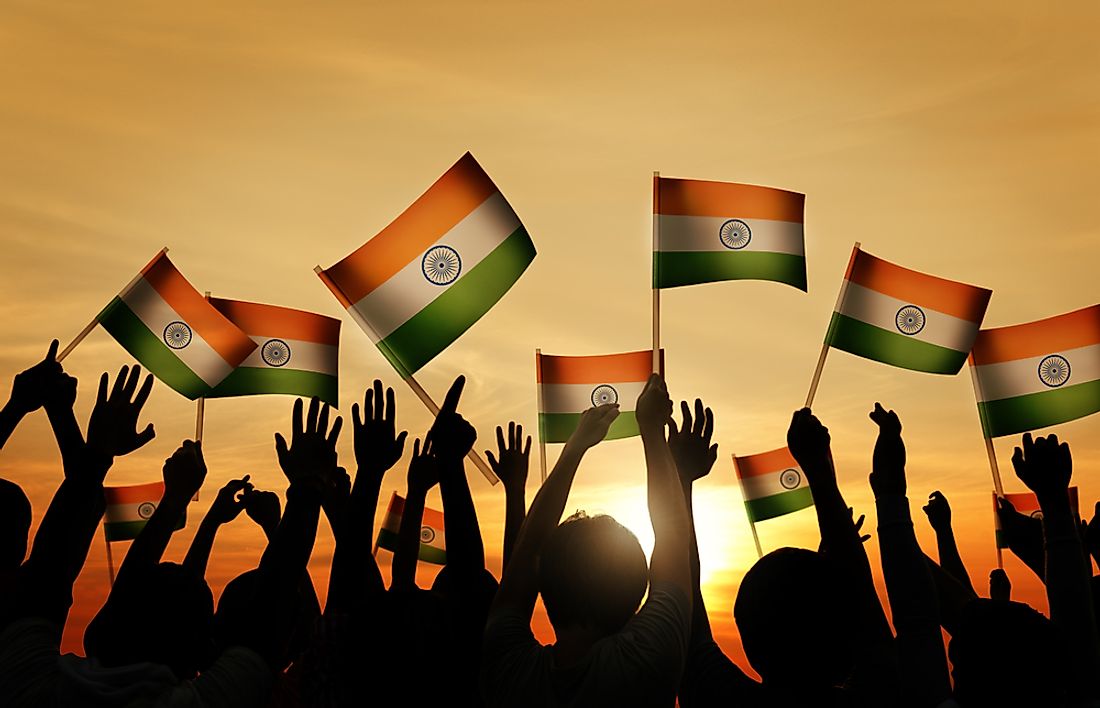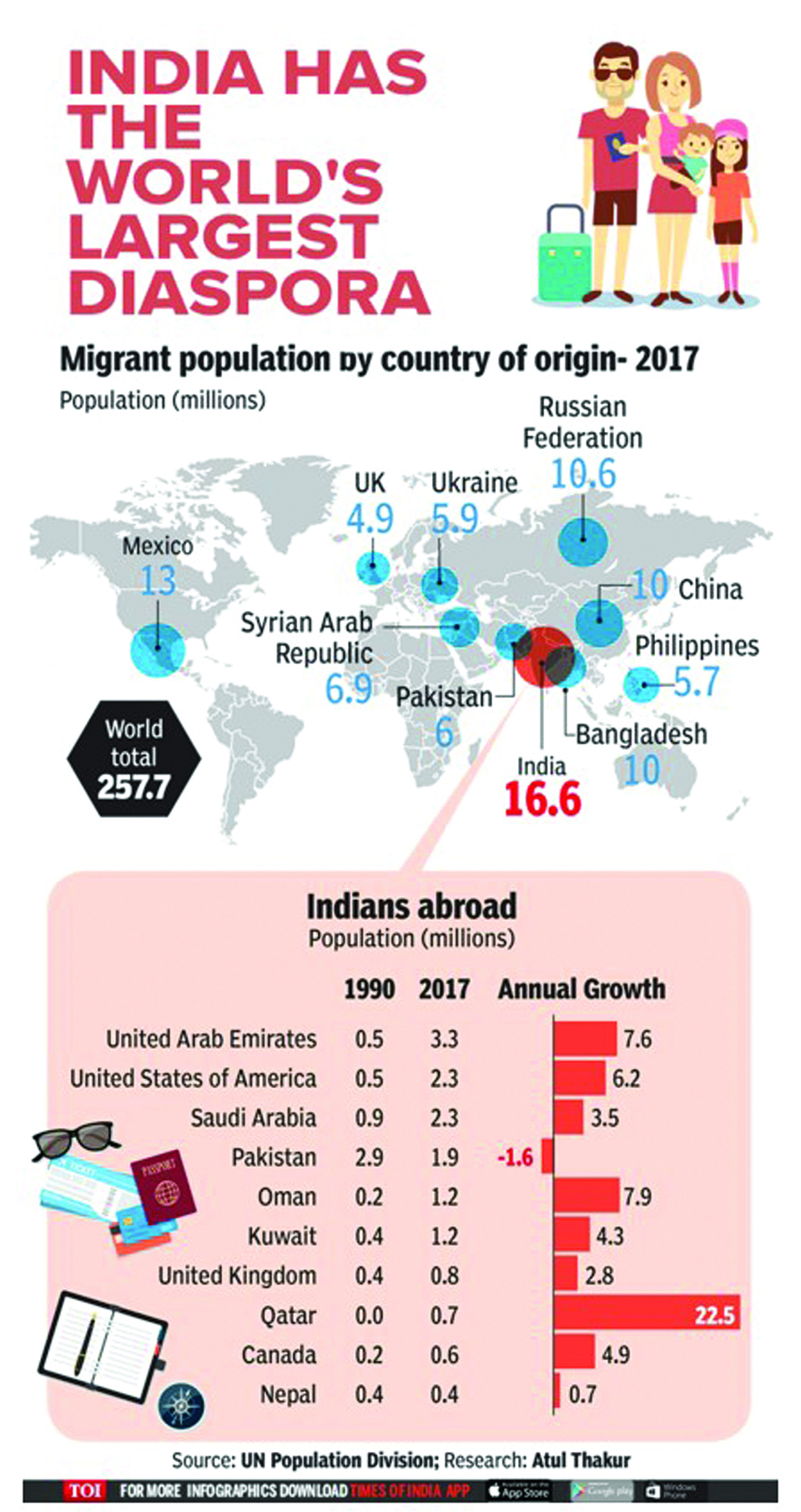The Global Diaspora: A Look at Indians Abroad
The Global Diaspora: A Look at Indians Abroad

The Indian diaspora is a vast and vibrant tapestry, woven with threads of history, culture, and ambition. For centuries, Indians have ventured beyond their borders, leaving an indelible mark on the global landscape. From the bustling metropolises of the West to the serene landscapes of the East, their presence is felt in every corner of the world. This article delves into the fascinating world of Indians abroad, exploring their motivations, contributions, and the challenges they face.
The Historical Context:
Related Articles: The Global Diaspora: A Look at Indians Abroad
- The Richest Tribe In The US: Unpacking Wealth And Legacy
- The Richest Tribe In The World: Unraveling The Myth Of Indigenous Wealth
- Unveiling The Beauty And Meaning Behind Tohono O’odham Names
- Cherokee Health Systems: A Beacon Of Hope And Wellness In The Appalachian Region
- Unfurling The Colors Of Resilience: A Deep Dive Into The Significance Of Indigenous Flags
The story of the Indian diaspora is as old as time itself. Trade routes connecting India with ancient civilizations like Rome and Egypt saw the movement of Indian merchants and artisans, spreading their culture and skills across the globe. The arrival of the British in India in the 18th century marked a new chapter, with the establishment of British colonies in various parts of the world leading to the migration of Indians to serve as laborers, soldiers, and administrators.
Post-Independence Migration:
Following India’s independence in 1947, a new wave of migration began, driven by factors like economic opportunity, educational pursuits, and political instability. Indians sought better living conditions and career prospects in developed nations, leading to significant communities emerging in countries like the United States, Canada, the United Kingdom, Australia, and the Middle East.
Motivations for Migration:
The reasons behind Indian migration are complex and multifaceted. While economic factors like higher salaries and better job opportunities play a significant role, other driving forces include:
- Education: Access to world-class education in universities abroad is a major motivator for many Indian students, who aspire to pursue higher studies and build successful careers.
- Family Ties: Family reunification is another crucial factor, with many Indians migrating to join family members already settled abroad.
- Political and Social Instability: In times of unrest or economic hardship, Indians have sought refuge and stability in foreign countries.
- Cultural Exchange: The desire to experience new cultures and broaden horizons is also a driving force for some.

Contributions of Indians Abroad:
The Indian diaspora has made invaluable contributions to their adopted countries, enriching their societies in numerous ways:

- Economic Growth: Indian entrepreneurs and professionals have played a vital role in boosting economic growth in their host countries, establishing businesses, contributing to innovation, and creating employment opportunities.
- Cultural Diversity: Indians have brought their vibrant culture, traditions, and cuisine to their new homes, adding to the richness and diversity of their adopted societies.
- Scientific and Technological Advancements: Indian scientists, engineers, and doctors have made significant contributions to scientific research, technological advancements, and healthcare in their host countries.
- Political Participation: Indian immigrants have actively participated in the political process, holding elected positions and advocating for the rights and interests of their communities.

Challenges Faced by Indians Abroad:
Despite their contributions, Indians abroad often face challenges, including:
- Discrimination and Racism: Indians can experience prejudice and discrimination based on their ethnicity, religion, or cultural practices.
- Cultural Adjustment: Adapting to a new culture, language, and way of life can be challenging for many Indians.
- Integration and Belonging: Finding a sense of belonging and integration into their adopted societies can be a struggle for some.
- Maintaining Cultural Identity: Balancing their Indian heritage with their new cultural environment can be a delicate task.
The Future of the Indian Diaspora:
The Indian diaspora continues to evolve, with new trends emerging in migration patterns and integration strategies. The increasing global interconnectedness and the rise of the digital economy have opened up new opportunities for Indians abroad.
Key Trends:
- Highly Skilled Migration: The demand for skilled professionals in fields like technology, healthcare, and finance is attracting a growing number of highly skilled Indian migrants.
- Entrepreneurship: Indian entrepreneurs are establishing businesses and creating new ventures in various sectors, contributing to economic growth and job creation.
- Digital Nomadism: The rise of remote work has enabled Indians to work from anywhere in the world, leading to a growing trend of digital nomadism.
- Intergenerational Integration: The children of Indian immigrants are increasingly integrating into their adopted societies while retaining their cultural heritage, creating a new generation of global citizens.
The Indian diaspora is a testament to the resilience, adaptability, and ambition of the Indian people. Their contributions have enriched the global landscape, fostering cultural exchange, promoting economic growth, and shaping the future of the world. As the Indian diaspora continues to grow and evolve, its impact on the global stage will only continue to increase.
FAQ about Indians in Foreign Countries:
Q: What are the most common destinations for Indian migrants?
A: The most common destinations for Indian migrants include the United States, Canada, the United Kingdom, Australia, and the United Arab Emirates.
Q: What are the main reasons for Indian migration?
A: The main reasons for Indian migration include economic opportunities, education, family ties, and political instability.
Q: What are the challenges faced by Indians abroad?
A: Indians abroad often face challenges such as discrimination, cultural adjustment, integration, and maintaining their cultural identity.
Q: What are the contributions of Indians abroad?
A: Indians abroad have made significant contributions to their adopted countries in areas such as economic growth, cultural diversity, scientific and technological advancements, and political participation.
Q: What is the future of the Indian diaspora?
A: The Indian diaspora is expected to continue to grow and evolve, with increasing trends in highly skilled migration, entrepreneurship, digital nomadism, and intergenerational integration.

Closure
Thus, we hope this article has provided valuable insights into The Global Diaspora: A Look at Indians Abroad. We appreciate your attention to our article. See you in our next article!


